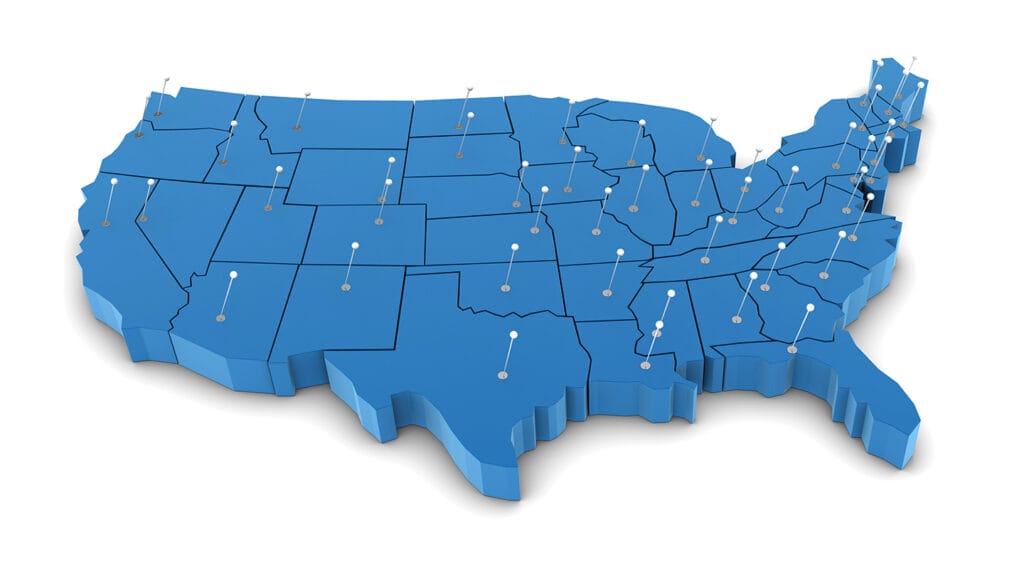
The Centers for Medicare & Medicaid Services on Thursday proposed a 2.6% hospice payment update for fiscal year 2025. Providers quickly reacted unfavorably to the update.
“The 2.6% proposed rate increase for hospices is not enough to support the continued delivery of hospice care amidst rising cost pressures and ongoing workforce constraints affecting hospices nationwide,” National Hospice and Pallative Care COO and Interim CEO Ben Marcantonio said in a statement. “To continue providing the high level of care our patients and their families deserve, hospices require a payment rate that accurately reflects the current economic challenges. We know that hospice care has demonstrated $3.5 billion in annual savings for Medicare, which underscores the critical importance of investing in hospice to ensure continued beneficiary access to quality end-of-life care.”
The National Association for Home Care & Hospice also pushed back on the proposed update.
“NAHC is disappointed in the inadequate 2.6% payment rate update proposed by CMS,” NAHC Vice President for Hospice Policy Davis Baird said in a statement to McKnight’s Home Care Daily Pulse. “This small increase does not reflect the high costs hospices continue to face as a result of ongoing workforce shortages and inflationary cost challenges. More and more people are being served by hospice every year, and CMS needs to recognize the dynamic value the benefit provides — not only from the improved quality of life hospices provide, but also from the huge financial savings to Medicare that utilization of the hospice benefit drives.”
The NORC [National Opinion Research Center] study from the University of Chicago released last year found that hospice saved Medicare $3.5 billion in 2019.
Katie Smith Sloan, president and CEO of LeadingAge, which primarily represents nonprofit senior care providers, noted that the update hurts her hospice members.
“While any increase in payment is appreciated, we are disappointed with the proposed 2.6% payment increase from the Centers for Medicare and Medicaid Services (CMS),” she said in a statement released Friday. “This is not enough for our nonprofit, mission-driven hospice members who are struggling to keep up with both continued workforce shortages and inflation-driven operating expense increases. Without a better rate adjustment, providers will have to continue to reject referrals and may even close, leaving older adults and families searching for care.”
The rule also elicited response for its call for adopting and implementing the Hospice Outcomes and Patient Evaluation (HOPE) patient-level data collection tool.
Noted Marcantonio, “The HOPE Assessment Tool represents a dramatic shift in how hospice care quality is measured and reported. We will continue working with CMS to ensure that this new tool will serve to enhance, not hinder, the delivery of compassionate, person-centered hospice care.”
Katie Wehri, NAHC’s director of home health and hospice regulatory affairs, had a similar response.
“The quality reporting program proposal that is already generating great interest is the proposal to implement the HOPE and the release of the draft HOPE tool and accompanying guidance manual,” she said in a statement to McKnight’s Home Care Daily Pulse.
She also commented on proposed changes to the Hospice CAHPS Survey.
“While hospices have been requesting changes to the CAHPS Hospice Survey and will be happy to see some of these proposals, more work needs to be done to address the decreasing response rate and reasons for this,” she said.
NAHC President William Dombi drew attention to the proposed rule’s request for comment regarding implementing a separate payment mechanism to account for high-intensity palliative care services.
“While the proposed rule may appear to be fairly innocuous, the hospice community should pay attention to the information request on high cost-services as it may signal an emerging interest in payment model reform,” he wrote in a statement.
“What is missing is also notable,” he continued. “CMS has not proposed any program integrity measures to address continued concerns on the surge in hospice growth in certain parts of the country despite the warning signs presented.”


